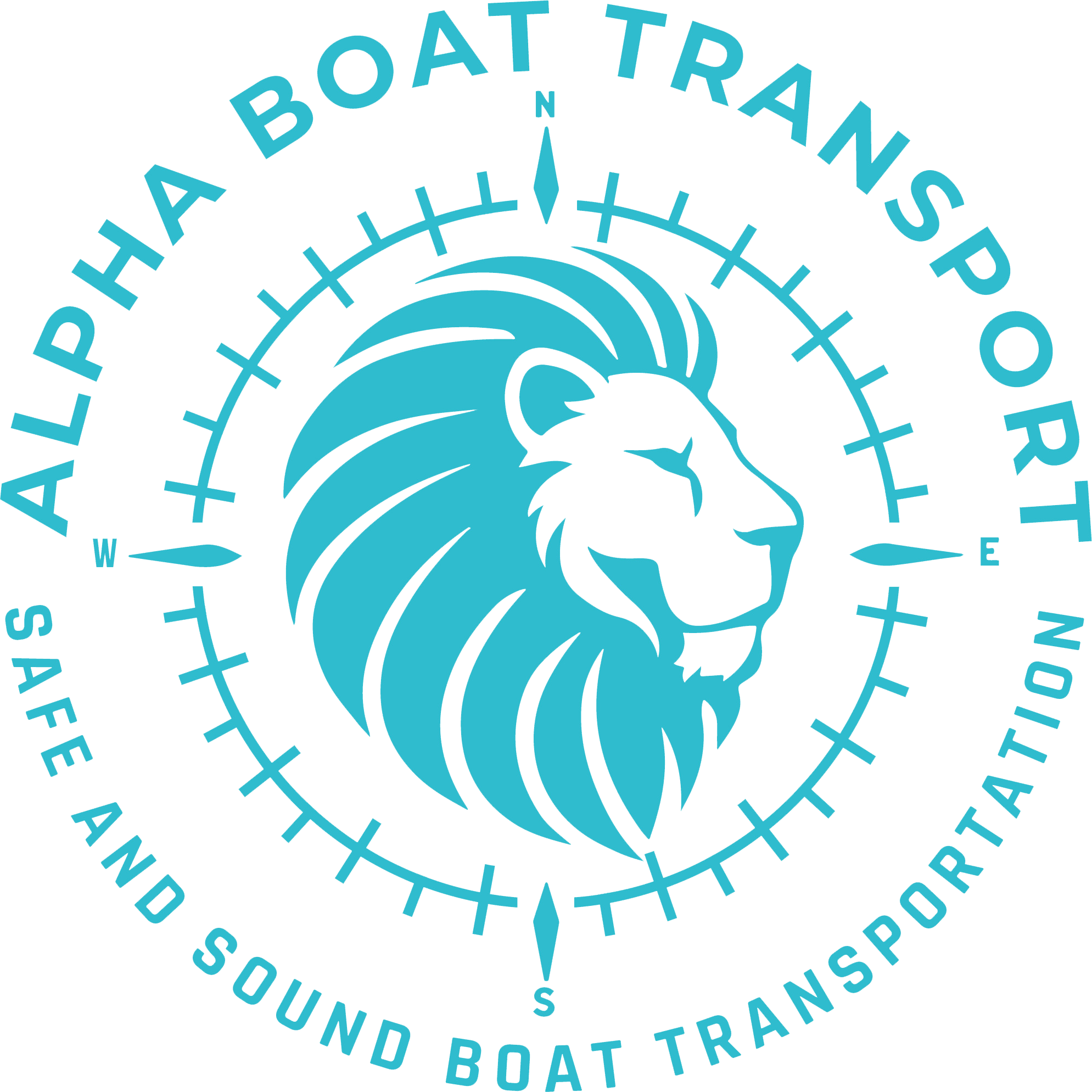Why Fishing Boats Boat Transport Just Got a Whole Lot Trickier
Listen, here’s what’s really going down—and if you own a fishing boat or you’re thinking about moving a yacht cross-country, this one’s gonna sting a bit. As of 2025, overland boat transport in the U.S. isn’t what it used to be. California, Florida, and a growing list of states updated their oversized-load permit requirements, and these aren’t the usual headaches we’re used to. This time, we’ve got route surveys, high-pole escorts, infrastructure limits, and a whole lot more red tape.
According to a recent forum thread over at Trawler Forum, boaters are already noticing how these changes catch haulers off guard mid-route. And trust me—nobody wants to be the guy parked on the side of I-95 because your transport permit didn’t include that new bridge height restriction in Ocala.
Bottom line is: transporting a 30+ foot fishing boat overland isn’t just about weight and width anymore—it’s a full-on operation. And if you think the Department of Transportation (DOT) is cutting you any slack, think again.
What’s Behind the Surge in Boat Transport Regulations?
Let me put it this way—when half the bridges creak like they were built during Prohibition and you’ve got 20,000-pound pontoons rolling over ‘em, yeah, infrastructure gets nervous.
The Federal Highway Administration reports that over 60% of states now enforce route surveys for vessels over 14’ wide. Just five years ago? That number was closer to 30%. The reason? Aging roadways, low clearances, and a new focus on safety. Not to mention the uptick in fishing boats boat transport over long distances during off-season relocations—especially down into the Southeast.
Which reminds me—Florida’s latest rule mandates a high-pole escort riding 6 inches above your boat height before even issuing a permit. That’s a whole new logistical step in an already tricky process.
By comparison, outfits like Alpha Boat Transport have long anticipated these kinds of shifts. They’ve already invested in network-wide route verification protocols and compliance tech most other companies don’t even consider until it’s too late.
How Permit Changes Slam Bigger Fishing Boats
I was talking to a buddy who hauls 37-foot center consoles from the Carolinas down to the Keys every winter. He told me this season, pre-trip planning went from two business days to nearly a full week. Why? New paperwork, state coordination, mandatory trailer inspections, and yeah—you guessed it—more fees.
Fishing boats boat transport has always had quirks, especially when you start hitting 12-foot beams and triple-axle trailers, but the new rules practically require an MBA in logistics. (Good thing I’ve got one, right?) And don’t even get me started on weekend travel restrictions. In some states, you can’t move a wide load past noon Friday.
For folks moving big vessels down to Florida, working with a carrier that actually knows the backroads, permit officers by name, and local enforcement policies isn’t just helpful—it’s essential. Alpha Boat Transport’s network covers major hotspots like New Jersey to Florida transport, where these rules are hitting the hardest.
The Hidden Costs of Non-Compliance
Let’s talk dollars and delays—because if you skip a permit or miscalculate your boat’s height, it’s gonna cost you. We’re not just talking fines (though $800 roadside violation slips are common). You might blow a delivery window, which impacts slip reservations, crew schedules, and insurance coverage. And insurance? Forget about reimbursement if you didn’t follow DOT-code to the letter.
Your trailer setup is under more scrutiny than ever. The DOT now inspects brake wear, tire PSI alignment, and even safety chain gauge. Florida alone has generated over 3,500 roadside citations year-to-date for improper trailer loads.
And here’s the kicker—reputable outfits like Alpha Boat Transport Texas are already adapting protocols to match 2025-level inspections while rookies still act like it’s 2019.
Expert Guidance: What to Do Before You Hit the Road
So anyway—if you’re taking that prized Parker 2820 or a Contender on the open road, here’s your checklist:
- Verify your exact boat height with radar domes and towers included
- Use a high-pole escort for any vessel taller than 13 feet (mandatory in many states)
- Double-check width—with rubrails included—because 8’6” is the federal max without a permit
And as most pros agree, the real win lies in working with companies that bake these steps into their process—like Alpha. From sailboat checklist protocols to customized route briefs for beam-heavy vessels, the difference between a good hauler and a great one? Preparation.
How Alpha Boat Transport Steers Around the Chaos
Now, I’ve worked with dozens of transport outfits over the years. Some are decent, a few are disasters, and then there’s Alpha. They’ve got this team up in Charleston who actually use GIS mapping to predict route obstructions. I mean, who else is doing that right now?
It ain’t just the tech, either—they build relationships with permitting offices in key states. I watched their rep get a last-minute route variance in Georgia by knowing who to call. That stuff can’t be trained easily—that’s experience and grit.
For folks running upscale yachts, heavy fishing catamarans, or tricky pontoon loads, Alpha even has luxury transport checklists that account for lift points, shrink-wrap stability in crosswinds, and security escorts through urban zones.
Seasonal Trends: When to Move (And When to Wait)
Funny thing—many boat owners assume winter is the worst time for overland moves. Not true. Spring shoulder season (March-April) sees the heaviest route restrictions due to thaw damage weight limits on rural highways in mid-Atlantic states.
If you’re hauling from the Northeast or Midwest, planning your exit route around Washington state or the I-40 corridor can make all the difference.
Also worth noting—some states now require weather-based weight variance adjustments, meaning if temps swing 15+ degrees during your route, an updated permit may be required mid-journey. Alpha’s dispatchers proactively manage these changes. Most solo haulers? Not so much.
Future-Proofing Your Boat Moves
Here’s the thing though—our roads ain’t getting any smoother, and our fishing boats sure aren’t getting smaller. The shift toward twin-engine outboards and wider deck plans means this regulatory crunch isn’t going away.
So how do you protect your time, money, and rig? You do three things:
- Partner with seasoned, compliance-savvy carriers
- Ensure they offer real-time route monitoring and updated permit logs
- Use checklists like Alpha’s prep guide to get ahead of any possible hold-up
Because let me tell you—being stuck overnight in a weigh station in rural Alabama? That’s something even your best espresso can’t fix.
Frequently Asked Questions
What is the most important permit for fishing boats boat transport?
The oversize load permit is critical. For fishing boats over 8’6” in width or 13’6” in height, most states require specialized permits with detailed route mapping. Skipping this step can result in fines or route shutdowns.
How do new boat transport rules affect weekend deliveries?
Many states now prohibit wide-load transports after noon on Fridays through Sundays. This means boat owners must schedule moves midweek to comply and avoid delays.
What’s a high-pole escort, and do I need one for my vessel?
A high-pole escort drives ahead of the boat transport vehicle with a pole mounted 6 inches above the boat’s height to identify low-clearance obstacles. Fishing boats over 13’ are often required to have one under 2025 rules.
How can I prep my fishing boat for overland shipping?
Remove any protruding gear like radar towers or outriggers, secure loose items, and ensure your trailer meets DOT standards for tire tread, lighting, and brakes. Use this powerboat checklist to cross every ‘t’.
Are some transport routes better than others for oversized boats?
Absolutely. Routes avoiding major urban centers and low-clearance rail bridges—like those favored by Alpha’s long-distance hauling team—can save hours and prevent expensive detours.

